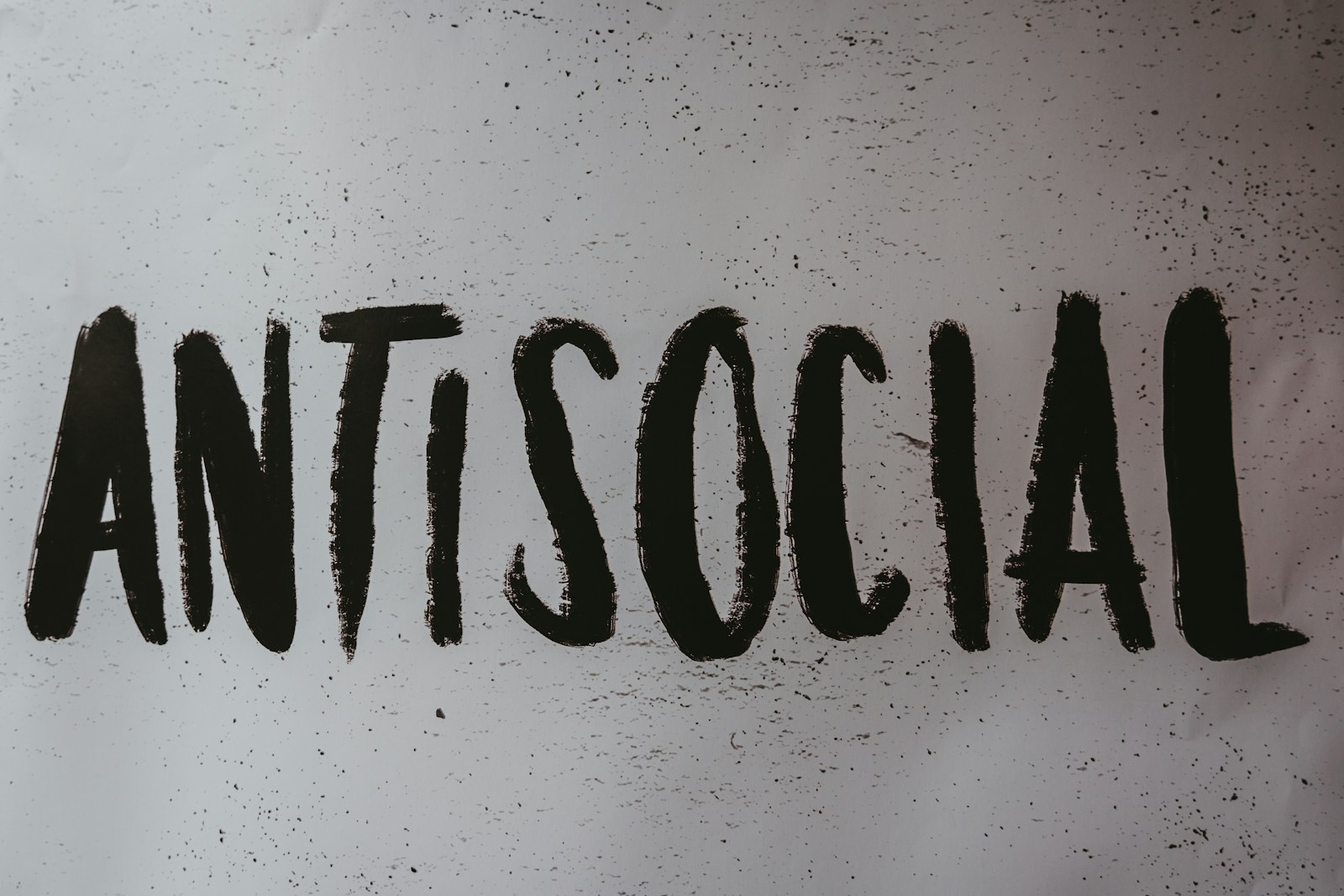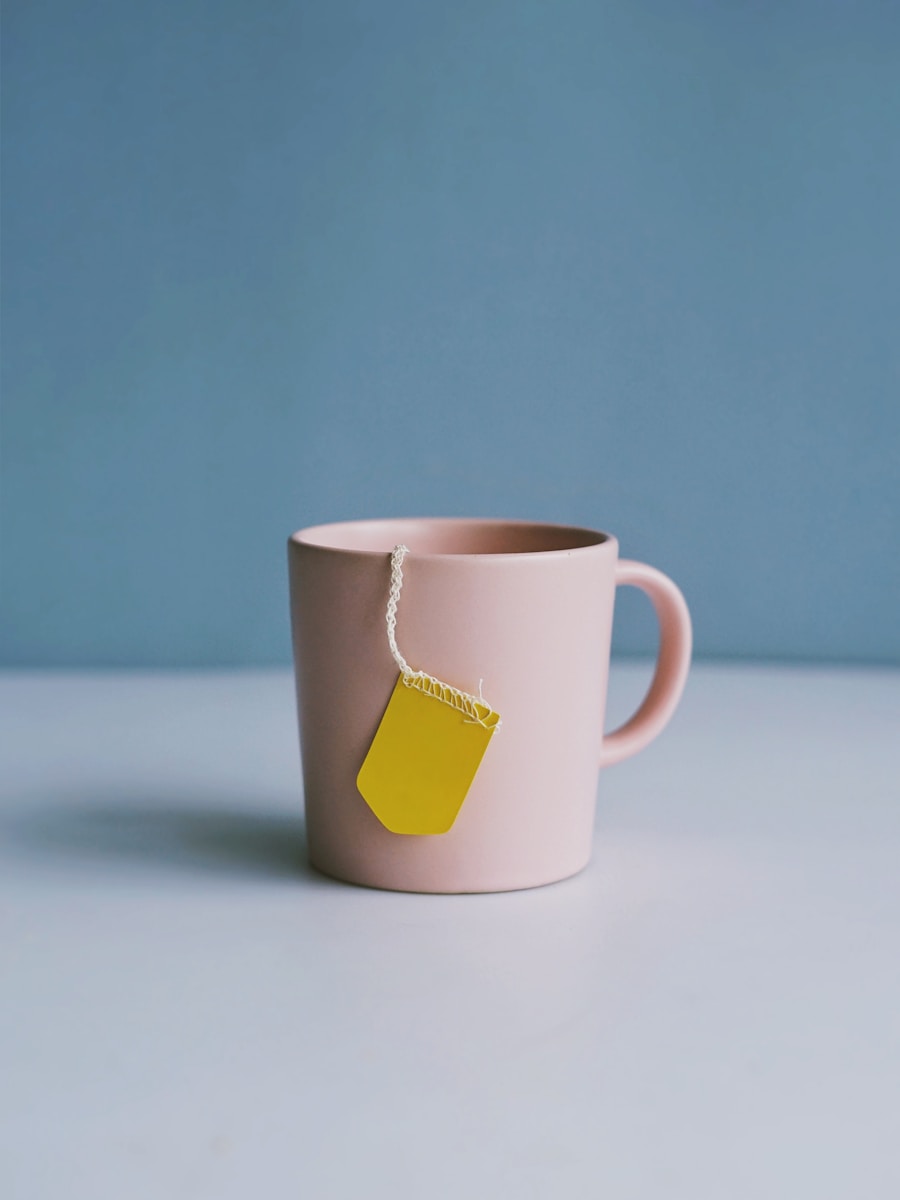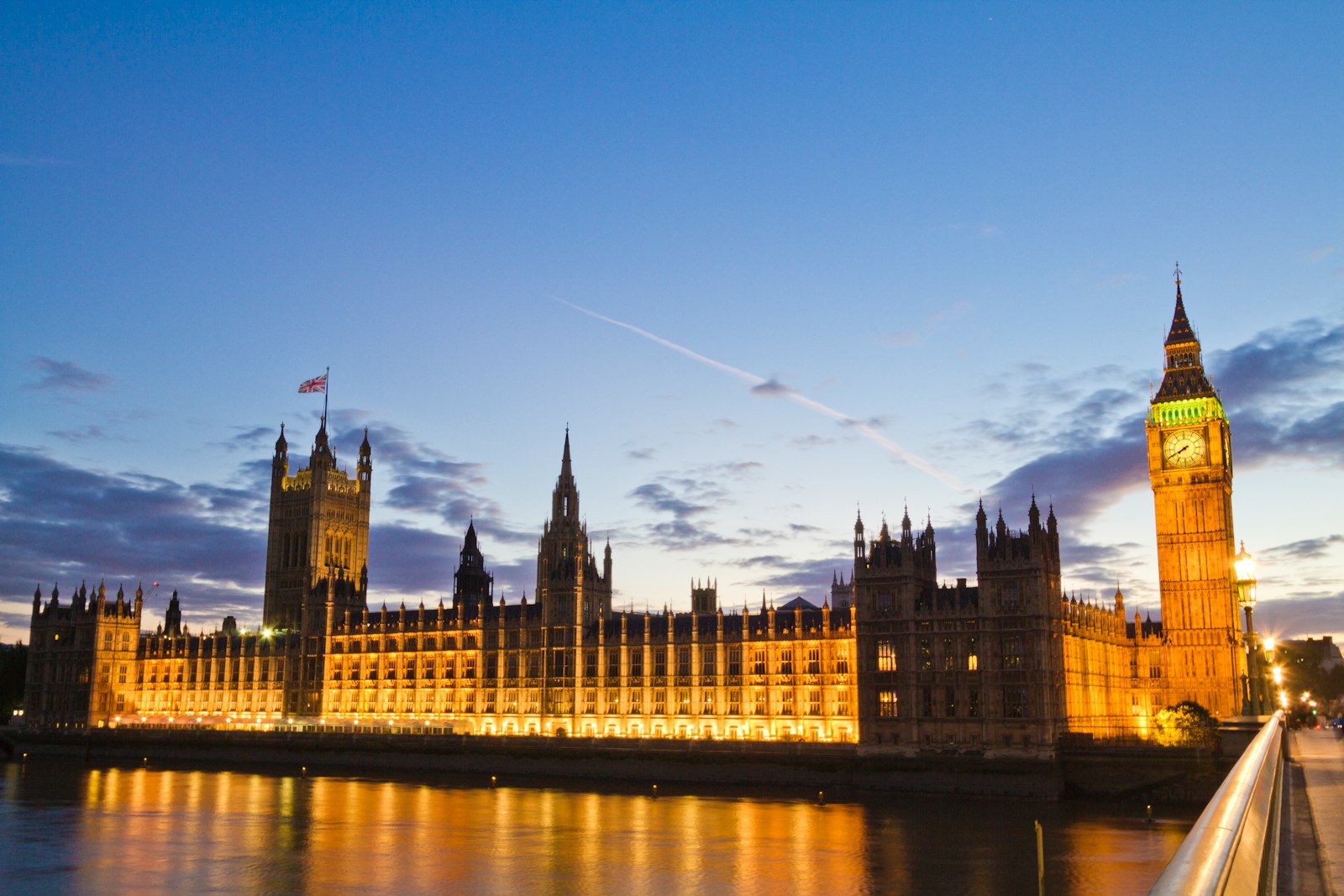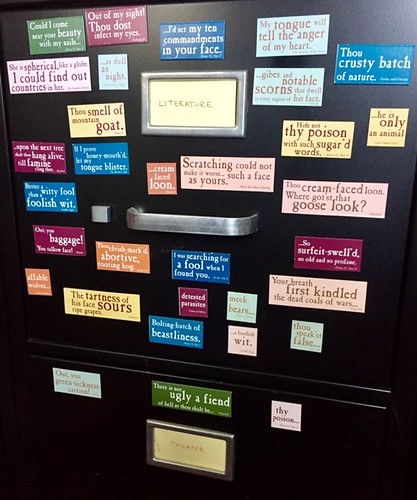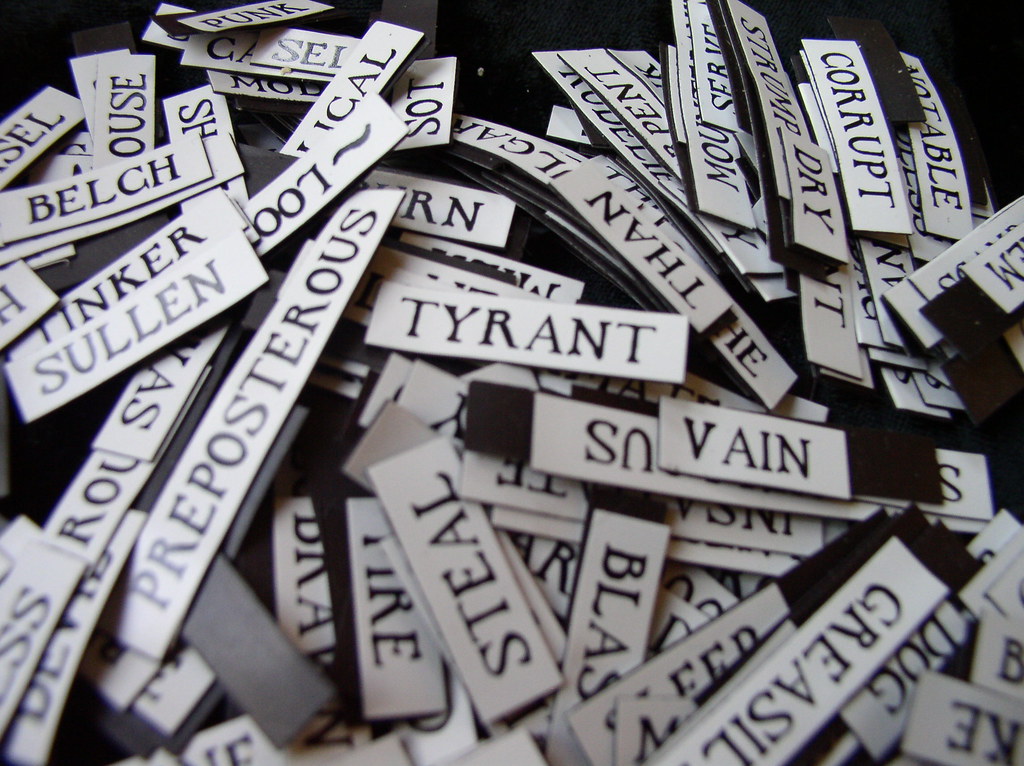
Introduction to Shakespearean Slang
Shakespeare’s language is a treasure trove of creativity and wit, and it’s a fascinating field for modern Anglophiles. The Bard didn’t just write plays and sonnets that have stood the test of time; he also coined a myriad of words and phrases that have found their way into everyday English. This article serves as your ultimate guide to navigating the delightful world of Shakespearean slang, allowing you to impress your friends and enhance your appreciation for the Bard’s genius.
A Brief History of Shakespeare’s Language
To fully appreciate the colorful phrases of Shakespeare’s time, it’s essential to understand the context in which they were created. The late 16th and early 17th centuries were a time of linguistic innovation. The English language was evolving, and Shakespeare was at the forefront of this transformation. He didn’t just use the language of his day; he played with it, inventing new words and phrases as he went along. Shakespeare is credited with introducing around 1,700 words into the English language, many of which are still in use today.
Why Shakespearean Slang Matters
Exploring Shakespearean slang is more than just a linguistic exercise; it offers a glimpse into the social dynamics, humor, and culture of Elizabethan England. The phrases he used often contained layers of meaning, allowing for wit and wordplay that still captivates audiences today. By understanding this slang, modern Anglophiles can better appreciate the subtext and nuance in Shakespeare’s works, making the experience of reading or watching his plays all the richer.
Common Shakespearean Slang Terms
To make your journey into Shakespearean slang as enjoyable as possible, here’s a compilation of some of the most interesting and colorful terms that you can incorporate into your vernacular:
1. Zounds!
Originally a contraction of “God’s wounds,” this exclamation was used to express surprise or indignation. Imagine saying “Zounds!” during a particularly shocking moment in a conversation.
2. Prithee
Short for “I pray thee,” this phrase is a polite way of asking someone for something. You could easily incorporate it into your everyday speech, saying, “Prithee, could you pass the salt?”
3. Beguile
To beguile someone means to charm or enchant them, often in a deceptive way. Think of it as a way to describe how someone might sweet-talk their way out of trouble.
4. Fain
This term means gladly or willingly. You might say, “I would fain go to the party,” giving your statement a classic touch.
5. Hark!
A lovely way to command attention, “hark” means to listen closely. It adds a sense of urgency and importance to what you’re about to say.
6. Dost thou
This phrase means “do you,” and is a great way to give your questions a Shakespearean flair. Instead of asking, “Do you like coffee?” try, “Dost thou like coffee?”
7. Forsooth
A term meaning “in truth,” it can be used to emphasize a truth or fact. Picture yourself saying, “Forsooth, that was a brilliant performance!”
8. Thou art
This means “you are,” and can add a touch of elegance to your compliments. Instead of saying, “You are wonderful,” try saying, “Thou art wonderful.”
Fun Ways to Incorporate Shakespearean Slang
1. Social Media Magic
Sprinkling Shakespearean slang into your social media posts can make them stand out. Instead of a simple “I’m excited for the weekend!” you could say, “Forsooth, the weekend doth approach with great haste!”
2. Themed Gatherings
Host a Shakespeare-themed dinner party where guests must use Shakespearean slang throughout the evening. Serve dishes inspired by the Bard’s works and challenge everyone to communicate in the lingo of the time.
3. Everyday Conversations
Spice up your daily chats with friends or family. Drop in phrases like “Prithee, what hast thou done today?” or “Hark! The news is upon us!” Watch their reactions as they try to process the sudden shift in your vernacular.
Shakespeare’s Influence on Modern English
Not only did Shakespeare create new words and phrases, but he also influenced the way we communicate today. Many common English expressions can be traced back to his works. Here are a few that might surprise you:
1. Break the ice
This phrase originates from Shakespeare’s play “The Taming of the Shrew,” referring to the act of easing into a conversation. Nowadays, we use it to mean starting a conversation in a social context.
2. Heart of gold
Found in “Henry V,” this expression describes someone who is extraordinarily kind and generous. It’s become a staple in describing good-hearted individuals.
3. Wild-goose chase
Initially coined in “Romeo and Juliet,” it refers to a futile pursuit. We still use it today to describe a pointless or fruitless endeavor.
The Art of Shakespearean Insults
One of the more delightful aspects of Shakespearean language is the art of insults. The Bard had a fantastic way of crafting insults that were both clever and humorous. Here are a few examples you can use when you’re feeling particularly cheeky:
1. Thou art a knave!
Calling someone a knave suggests they are dishonest or deceitful. It’s a classic insult that still carries weight today.
2. Thou lumpish villain!
This phrase combines two powerful descriptors: “lumpish” implies a lazy, dull person, while “villain” adds an extra sting.
3. Thou art as fat as butter!
A lighthearted yet cutting way to comment on someone’s girth. Use it with caution and only among friends who can appreciate the humor!
Modern-Day Applications of Shakespearean Slang
1. Education and Literature
Teachers and educators can utilize Shakespearean slang in classrooms to engage students more effectively. Incorporating these terms into discussions about his works not only makes the material more relatable but also fun.
2. Theater Performances
Actors and directors can experiment with Shakespearean slang in modern adaptations of his plays. This adds a layer of originality and can attract new audiences who might appreciate the blend of contemporary and classic language.
3. Creative Writing
Writers looking to add flair to their prose can borrow from Shakespearean slang. Using these terms can provide richness and a unique voice to your characters or narrative.
Conclusion: Embracing the Bard’s Legacy
Embracing Shakespearean slang is a delightful way to connect with the Bard’s legacy and enrich your language. Whether through casual conversation, themed gatherings, or creative writing, these terms breathe life into everyday interactions. So go ahead, sprinkle some Shakespearean flair into your life and enjoy the timeless beauty of the language that has captivated audiences for centuries. The Bard would certainly approve!

